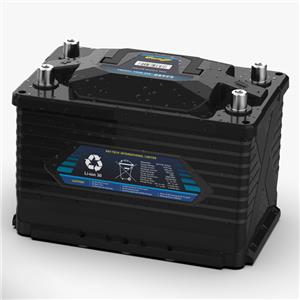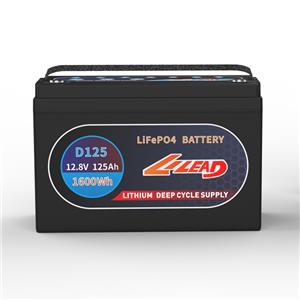Progress in Research on New Generation Liquid Flow Battery Energy Storage Technology
Recently, the Research Group of Corrosion Electrochemistry of the Center for Corrosion and Protection of Materials, Institute of Metals, Chinese Academy of Sciences has made a series of important progress in the field of energy storage technology of new generation low-cost all iron flow battery. On the basis of in-depth understanding of the redox reaction mechanism of ferrous ions, the researchers put forward a coordination chemistry design strategy with the phase change reaction of negative Fe/Fe2+as the starting point. Through the introduction of complexing agents and polar solvents, the reversibility of Fe/Fe2+deposition dissolution reaction and the inhibition of hydrogen evolution were improved synergistically, realizing the efficient, stable and long cycle operation of low-cost all iron flow battery, effectively breaking the bottleneck of all iron flow battery technology, Relevant research results were successively published in the Journal of Materials Chemistry A and Small. Song Yuxi, a doctoral student, was the first author of the paper, and Tang Xuan was the corresponding author of the paper.
The all iron flow battery uses neutral ferrous chloride as the active material, which has low cost, environmental friendliness and high energy density. However, the problems of hydrogen evolution, hydrolysis and iron dendrite clusters exist in the iron negative electrode, which seriously restrict the long-term cycle stability of the iron negative electrode and the all iron flow battery. To solve this problem, the researchers introduced sodium citrate into ferrous chloride aqueous solution, and the strong ligand citrate formed a stable coordination structure through the combination of carboxyl group and Fe2+ions, changing the inherent hexahydrate structure of Fe2+ions in aqueous solution (Figure 1), thereby inhibiting hydrolysis and avoiding hydrogen evolution reaction in the reduction process, effectively improving the reversibility of Fe/Fe2+deposition dissolution reaction, The assembled all iron liquid flow battery has achieved 99.3% current efficiency, 70% energy efficiency and 100% high capacity retention rate for 300 cycles (Figure 2), and the cycle life has been increased by 11 times. The research results prove that the coordination chemistry design strategy can effectively improve the inherent problems of iron cathode, which provides a new way to achieve efficient deposition/dissolution reaction of iron cathode in all iron flow battery. The related research work was published in the Journal of Materials Chemistry A, 2021, 9, 20354 under the title "Tuning Ferrous Coordination Structure Enables a Highly Reversible Fe Anode for Long life All iron Flow Batteries".
Coordination chemistry design strategy has shown significant effect in improving the cycle reversibility of all iron flow battery, but the redox potential of iron coordination structure will shift under high binding energy, which limits the high power output characteristics of all iron flow battery to some extent. To solve this problem, the researchers further selected the polar solvent DMSO rich in polar groups as the anode solution additive, which can help achieve the main solvated sheath remodeling of Fe2+ions and the preferred crystal plane growth of Fe2+ions (Figure 3), effectively inhibit the hydrogen evolution reaction of hydrogen hydrate ions, promote the preferential nucleation of Fe2+ions on the flat Fe (110) crystal plane, and finally form a uniform, dendrite free iron deposition morphology (Figure 4). Thanks to the dual function regulation of polar solvent, the assembled all iron flow battery can achieve 134 mW cm-2 output power density, 75% energy efficiency and 98.6% capacity retention, and its cycle stability has been improved by 130%, providing technical support for the industrialization development of low-cost and long-life all iron flow battery technology, Relevant work was published in Small, 20222204356 under the title of "Similar Regulation of Settlement Shell and Oriented Deposit towards a Highly Reversible Fe Anode for All Iron Flow Batteries".




